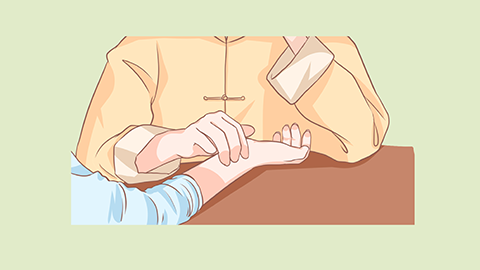What are the best and simplest methods for hair removal in traditional Chinese medicine?
Generally speaking, there is no single best or simplest method for hair removal in traditional Chinese medicine (TCM). TCM hair removal methods include moxibustion therapy, external application of Chinese herbs, cupping therapy, Gua Sha (scraping), and acupuncture treatment. Detailed explanations are as follows:

1. Moxibustion Therapy
By applying moxibustion to specific meridian points, such as Zusanli (ST36) and Guanyuan (CV4), this therapy regulates the balance of qi and blood in the body, thereby reducing or eliminating excess body hair. Moxibustion therapy must be performed by a professional TCM practitioner to ensure safety and effectiveness.
2. External Application of Chinese Herbs
This method involves making plasters from specific formulations of Chinese herbs and applying them externally to areas with excessive hair. Common ingredients in these herbs may include Phellodendron bark (Huang Bai) and Angelica dahurica root (Bai Zhi), which have properties that inhibit hair growth. Continuous application of these external herbal treatments over a period of time is required to achieve visibly improved results.
3. Cupping Therapy
Performing cupping on hairy areas can promote local blood circulation and improve meridian function, which helps reduce body hair. Cupping therapy also needs to be performed by a professional TCM practitioner to avoid skin damage.
4. Gua Sha (Scraping)
Using specialized Gua Sha tools to systematically scrape the skin surface can promote the circulation of qi and blood, thus helping to reduce hair growth. The Gua Sha technique requires some skill to avoid excessive skin irritation.
5. Acupuncture Treatment
By inserting needles into relevant acupoints, such as Shenshu (BL23) and Yinlingquan (SP9), this treatment regulates endocrine function and improves internal hormone levels, thereby reducing body hair growth. Acupuncture treatment should be performed by a professional TCM practitioner to ensure the accuracy and safety of needle insertion.
TCM hair removal methods are relatively gentle, and as each individual's constitution and hair conditions vary, it is very important to choose a hair removal method that suits your own needs. Laser hair removal can also be performed under a doctor's guidance. Specific wavelengths of laser light penetrate the skin surface and precisely target melanin in the hair follicles. The light energy is converted into heat energy, rapidly increasing the temperature of the hair follicles and damaging key structures such as follicular stem cells, thus inhibiting hair growth. The general reference price for laser hair removal is 200-500 yuan per session. Improvement is usually noticeable 1-2 months after the procedure, but possible side effects may include skin redness, swelling, and blisters.




